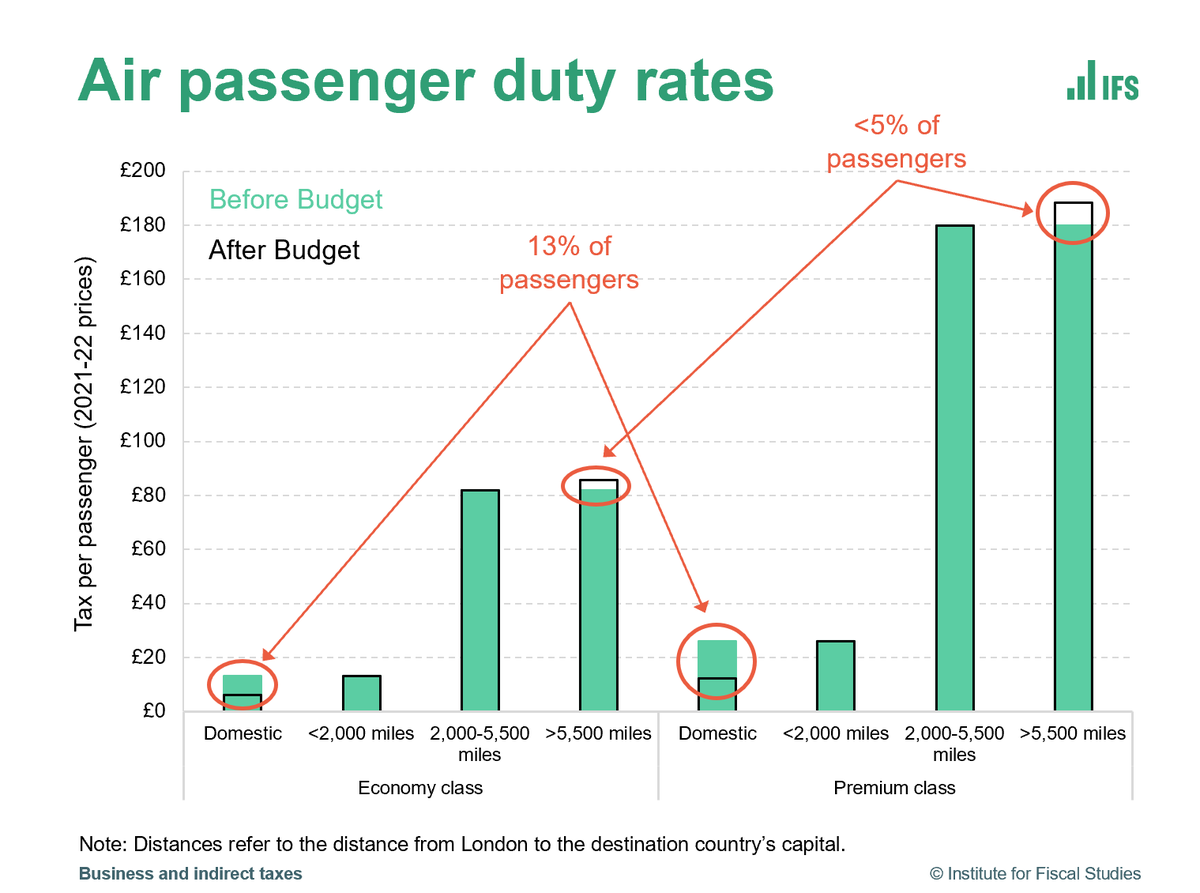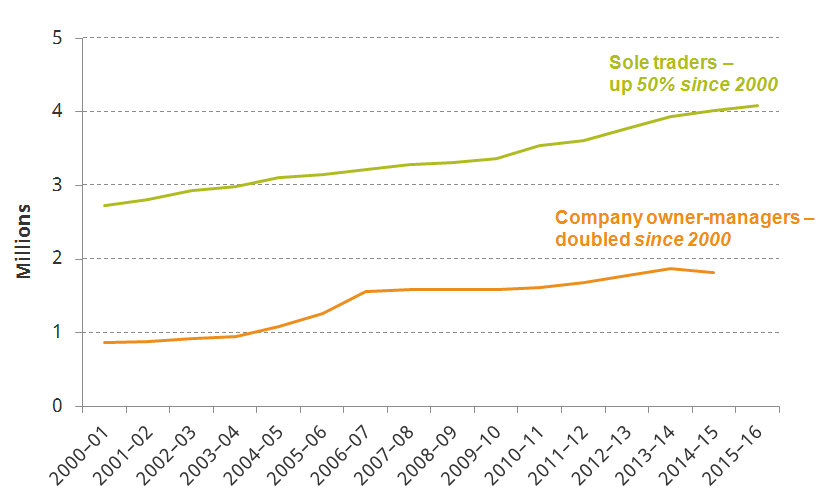
In the tax pipeline, we’ve now got: a freeze to income tax thresholds, a new higher NICs threshold, higher NICs rates and lower income tax rates. Taking all of that together, there are some short run winners, but most will pay more eventually. Specifically: … 1/n
For 2022-23, those earning between around £10,000 (the current NICs threshold) and £25,000 will pay less tax on their earnings as a result of these changes. Those earning more will pay more. 2/n
By 2025-26 - after cut to basic rate income tax & thresholds have continued to be frozen - virtually all workers will be paying more tax on their earnings. (freezing thresholds for four years is set to have v. large impact, given the rise in expected inflation). 3/n
These moves continue a trend away from income tax toward NICs – i.e. a shift in tax burden towards workers. (pensioners and those with investment income benefit from IT cut but don’t face NICs increase). 4/n
And more to come from team @TheIFS tomorrow, live streamed here: ifs.org.uk/events/1958
• • •
Missing some Tweet in this thread? You can try to
force a refresh













